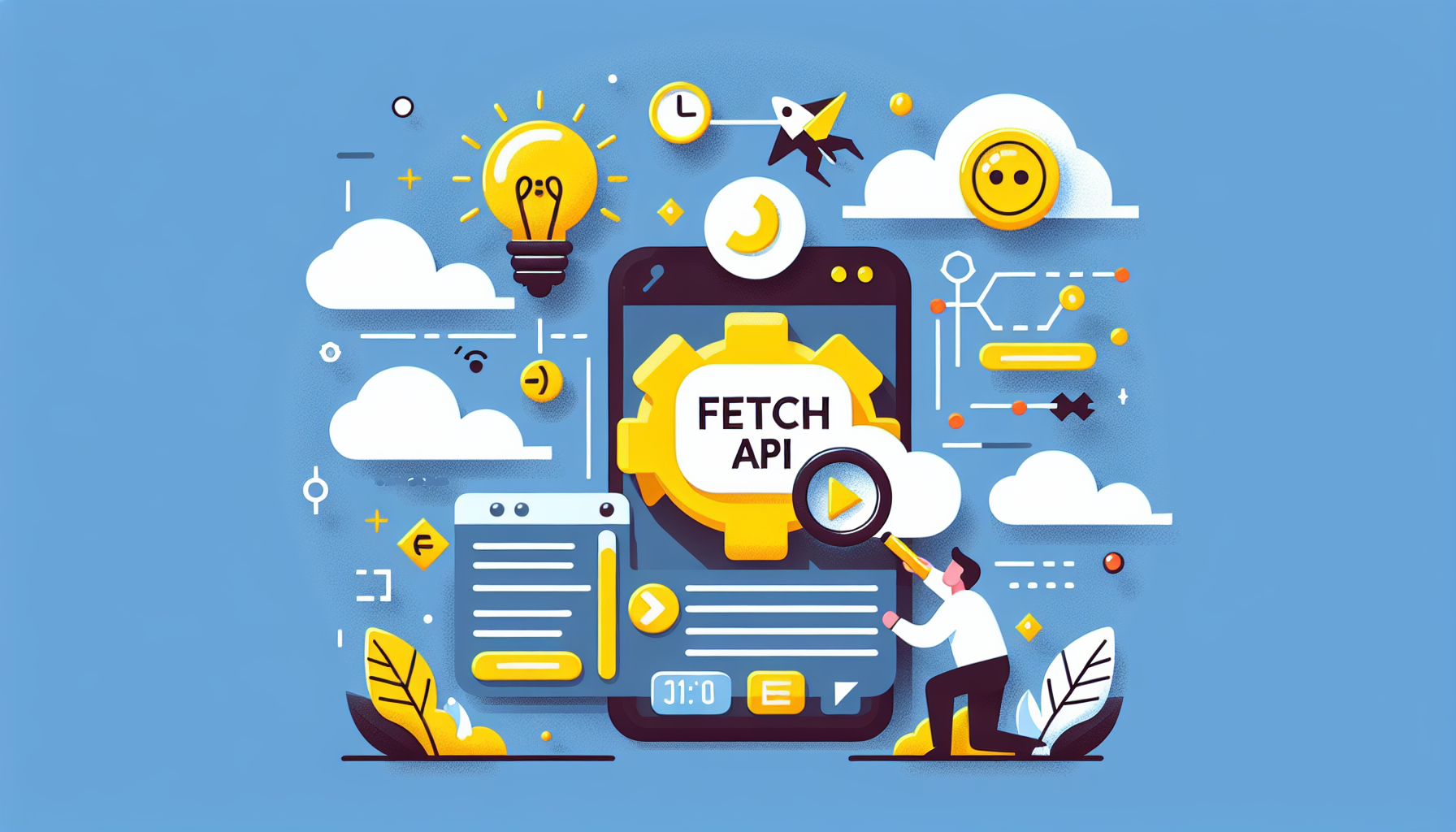In today’s fast-paced web development world, understanding the JavaScript Fetch API is crucial for managing web requests effectively. As developers, we often need to interact with APIs to retrieve data and enhance our web applications’ interactivity. Learning to use the Fetch API can make this process smoother and more efficient.
Table of Contents
- Understanding the Fetch API
- Benefits of Using the Fetch API
- Implementing Fetch in Your Projects
- Best Practices for Fetch API
- FAQs
Understanding the Fetch API
The Fetch API provides a modern, flexible interface for performing HTTP requests in JavaScript. It simplifies the process of fetching resources, and its promise-based nature makes it a preferred choice over legacy methods like XMLHttpRequest.
How Fetch API Works
The Fetch API works by sending requests to a specified URL and returning a Promise that resolves to the response. This allows developers to handle responses asynchronously without blocking the main thread.
For example, a simple Fetch API call looks like this:
fetch('https://api.example.com/data')
.then(response => response.json())
.then(data => console.log(data))
.catch(error => console.error('Error fetching data:', error));
Code language: JavaScript (javascript)This code fetches data from a given endpoint, converts the response to JSON, and logs the result. Error handling is straightforward with the .catch() method.
Benefits of Using the Fetch API
The Fetch API offers several advantages:
Comparing Fetch with XMLHttpRequest
XMLHttpRequest was the traditional method for handling HTTP requests, but it required complex setups and callbacks. Fetch API, being promise-based, results in cleaner, more concise code. Moreover, Fetch allows comprehensive error handling through chained .catch() calls.
Implementing Fetch in Your Projects
Implementing the Fetch API in your web applications can greatly enhance their responsiveness and user experience. For instance, front-end frameworks like React and Angular commonly utilize Fetch for data fetching due to its straightforward syntax.
Here’s an example of using Fetch in a React application:
useEffect(() => {
fetch('https://api.example.com/data')
.then(response => response.json())
.then(data => setData(data))
.catch(error => console.error('Error:', error));
}, []);Code language: JavaScript (javascript)In the above snippet, we use the useEffect hook to fetch data once the component mounts, and we capture the data in the component’s state.
Best Practices for Fetch API
While the Fetch API is powerful, some best practices can ensure optimal performance:
By following these practices, you can make your applications robust and user-friendly.
FAQs
What is the Fetch API used for?
The Fetch API is used for making HTTP requests to fetch resources from servers. It allows asynchronous operations and is an upgrade over XMLHttpRequest.
Is Fetch API supported in all browsers?
Yes, the Fetch API is supported by all major browsers, including Google Chrome, Firefox, Safari, and Edge.
How does Fetch API handle errors?
The Fetch API handles network-related errors through its .catch() method, which captures any errors during the fetch process.
Can the Fetch API be used for POST requests?
Yes, the Fetch API supports all HTTP methods, including GET and POST. You can specify the method type in the request’s options parameter, making it versatile for various requests.
For more on JavaScript methods, check out our JavaScript Fetch API – Made Easy Post!

